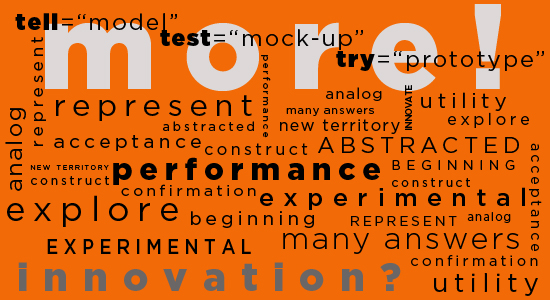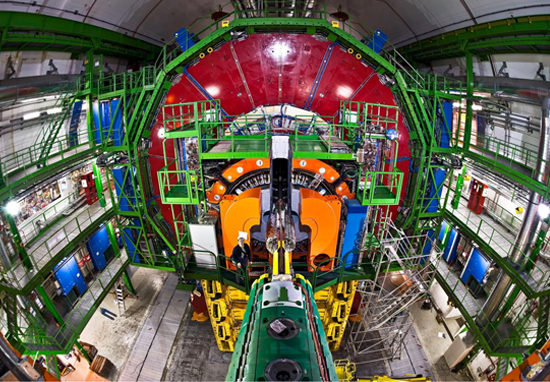

I want to talk about innovation. Innovation! What is it? And what does it mean to Architects?
The PAYETTE office is located in Boston’s Innovation District. We’re part of the new Innovation Economy. We’re Architects, but should we also call ourselves “Innovators”? Today’s architects feel an overwhelming pressure to innovate. The mantra is change or die. But, as we set out to innovate, we are faced with many questions. What exactly is innovation? What things are we innovating? And how do we go about innovating?
The assumption is that innovation is a specific process, something that can be positively pursued. But that’s just a mirage. Innovation isn’t a goal or method; it’s just a byproduct of experimentation.
At a forum in September I challenged our conventional notion of innovation as an end goal, asking attendees to think “how do architects innovate?” As an example of this shift of focus, I reviewed methods of architectural model making in light of their experimental (innovation) value. I showed numerous examples of architectural models created to serve varying purposes – from explanatory (“telling”), to confirmatory (“testing”), to exploratory (“trying”). I suggested that more of our models should explore new territory – rather than just explain our ideas to others.
Click here to view my presentation.
Topics of discussion included:
1. When does innovation happen in a project? Would making mockups earlier in the project design process improve our chances of creating innovative designs?
2. What areas are important for architects to innovate? Exterior envelope design? Space programming?
3. What methods are best for innovation? Mockups and models? Field research? (shadow studies, post occupancy studies)? Physical models, mockups are equally important to prototypes in the process of design; it depends on what is best to pursue at that particular moment.
4. Innovation, usually, is the result of someone trying to solve a problem. Finding out what the problem can be more important than the solution.
5. You can’t just set out to innovate without knowing what you are good at. You have to love what you do and also be good at it to get somewhere. Narrowing the ‘what’ to focus on is key in this process.


